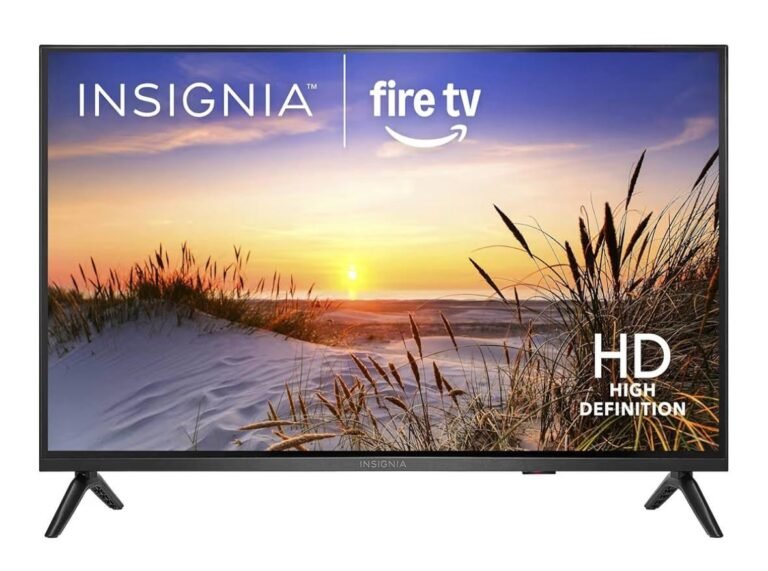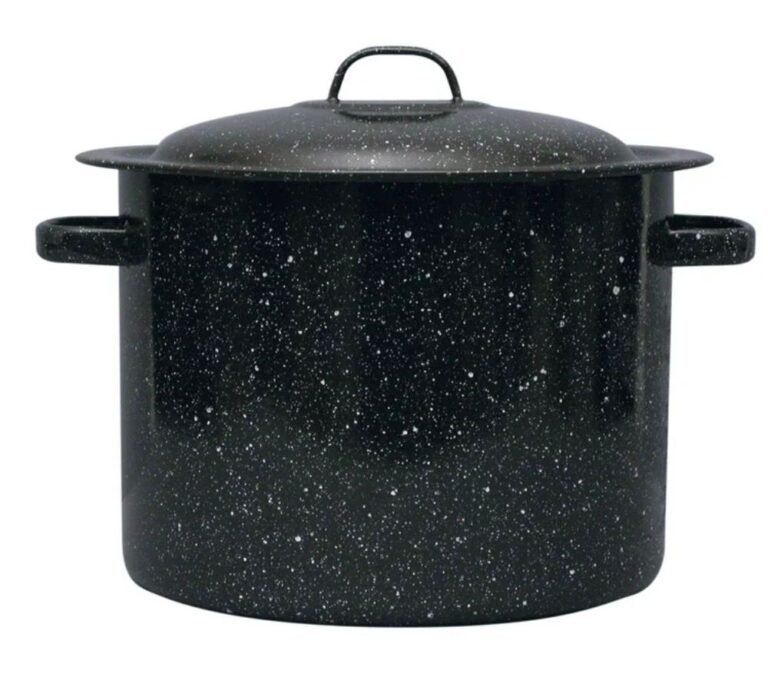Simple Self-Care Practices That Cost Nothing
How to Prioritize Your Wellbeing Without Spending a Dime In today’s fast-paced world, self-care is essential for maintaining mental, emotional, and physical health. But many people believe self-care requires expensive spa treatments, fancy products, or costly retreats. The truth is, some of the most effective self-care practices cost nothing at all. In this article, we’ll explore simple, free self-care habits that anyone can incorporate into their daily routine to feel refreshed, balanced, and happier — without reaching for your wallet. Why Self-Care Matters — Even When It’s Free Self-care is about intentionally taking time to care for your well-being. Benefits include: ? Reducing stress and anxiety ? Boosting energy and focus ? Improving sleep quality ? Enhancing emotional resilience ? Strengthening relationships The good news? Self-care doesn’t have to be complicated or expensive. With mindful habits and small changes, you can transform your wellbeing at zero cost. 1. Practice Mindful Breathing and Meditation One of the simplest self-care tools is mindful breathing. Taking just a few minutes to focus on your breath can: ? Lower cortisol (stress hormone) levels ? Calm your nervous system ? Improve mental clarity How to Start: ? Find a quiet spot and sit comfortably ? Breathe in deeply through your nose for 4 seconds ? Hold your breath for 4 seconds ? Exhale slowly through your mouth for 6 seconds ? Repeat for 5-10 minutes daily There are also free meditation apps and guided breathing videos online to help beginners. 2. Take a Walk Outside Spending time in nature is a powerful free self-care practice. Walking outdoors: ? Boosts mood and creativity ? Increases vitamin D from sunlight ? Provides gentle exercise for your body Even a 10-15 minute stroll in a nearby park or around your neighborhood can clear your mind and reduce stress. 3. Write in a Journal Journaling is a therapeutic way to process emotions and set intentions. You don’t need fancy notebooks; any paper or digital app will do. Benefits of Journaling: ? Clarifies thoughts and feelings ? Tracks progress on goals ? Enhances gratitude and positivity Try writing three things you’re grateful for each day or simply free-write your thoughts to declutter your mind. 4. Connect With Loved Ones Social connection is a cornerstone of mental wellness. Reaching out to friends or family for a chat, video call, or walk together is a priceless form of self-care. Tips: ? Schedule regular catch-ups, even brief ones ? Be present and listen actively during conversations ? Share your feelings openly to build deeper bonds Strong relationships provide emotional support and decrease feelings of loneliness. 5. Declutter Your Space Tidying up your living area can have surprising mental benefits. A clutter-free environment promotes calmness and focus. Easy Decluttering Tips: ? Start small: clear one drawer or shelf ? Donate items you no longer use ? Organize essentials to reduce daily stress A clean, organized space feels more peaceful and invites relaxation. 6. Practice Positive Self-Talk The way you speak to yourself affects your mindset and motivation. Cultivate kindness and encouragement internally. How to Practice: ? Notice negative thoughts and reframe them positively ? Use affirmations like “I am capable” or “I deserve rest” ? Celebrate small wins and progress Positive self-talk boosts confidence and reduces anxiety. 7. Prioritize Sleep Hygiene Good sleep is foundational for all self-care efforts. Improving your sleep routine costs nothing but can transform your energy and mood. Sleep Hygiene Tips: ? Stick to a consistent bedtime and wake-up time ? Avoid screens 30 minutes before sleep ? Create a relaxing pre-sleep ritual, like reading or stretching ? Keep your room cool, dark, and quiet Quality sleep supports emotional resilience and physical health. 8. Enjoy Creative Outlets Engaging in creative activities like drawing, writing poetry, or playing music fosters self-expression and relaxation. Why Creativity Helps: ? Reduces stress hormones ? Encourages mindfulness ? Enhances problem-solving skills You don’t need supplies—use scrap paper for doodling or free online tools to create art digitally. 9. Practice Gentle Movement and Stretching Light physical activity like stretching or yoga improves circulation, flexibility, and mood. Simple Ideas: ? Follow free online stretching or yoga videos ? Stretch your neck, shoulders, and back daily ? Practice mindful movement focusing on breath and body sensations Movement releases endorphins and helps combat fatigue. 10. Unplug and Take Screen Breaks Constant screen time can drain your energy and increase anxiety. Taking intentional breaks is a form of digital self-care. Tips to Unplug: ? Set specific times to check social media or email ? Use “do not disturb” mode during focus times ? Replace screen time with offline activities you enjoy Digital detoxes improve mental clarity and reduce stress. ? Frequently Asked Questions (FAQs) Q1: How often should I practice self-care? A: Ideally daily, even if it’s just a few minutes. Consistency builds habits that improve wellbeing over time. Q2: Can self-care really improve mental health without spending money? A: Yes! Many effective self-care practices, like breathing exercises, journaling, and walking, are free and backed by science. Q3: What if I don’t have time for self-care? A: Start small. Even 5 minutes of mindful breathing or a quick walk can make a difference. Q4: How do I stay motivated to practice self-care regularly? A: Schedule self-care like any other appointment and choose activities you genuinely enjoy. Q5: Can self-care replace professional help for stress or anxiety? A: Self-care supports wellbeing but is not a substitute for professional mental health treatment if needed. Final Thoughts: Self-Care Is for Everyone, and It Doesn’t Have to Cost a Thing Prioritizing your wellbeing is essential, and it doesn’t require spending money or special tools. Simple self-care practices that cost nothing — like mindful breathing, walking, journaling, connecting with loved ones, and more — can have a profound impact on your mental, emotional, and physical health. Start small, be kind to yourself, and watch how these free habits transform your daily life.






